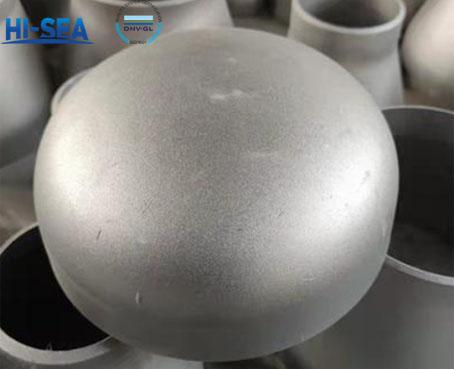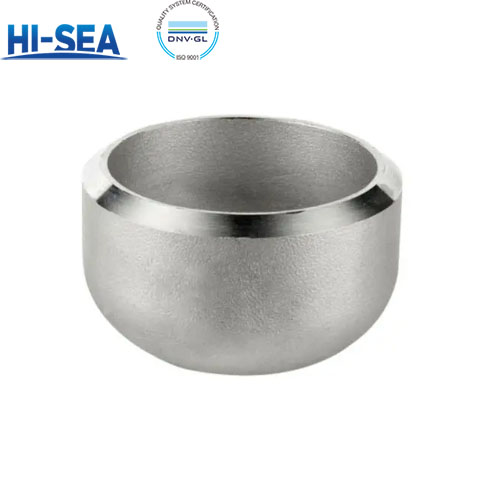
Buttweld Pipe End Cap
Buttweld Pipe End Cap is welded to the end of the steel pipe to cover the pipe fittings. Used to close the pipeline, the role of the pipe plug, plug the same. Butt-welded pipe cap appearance, mainly including convex, cone shell, reducer section, flat cover and tight mouth.The design and dimensions of butt-weld pipe caps should be based on relevant standards. Other components in the piping system, such as pipe elbows, tees, flanges, etc., also need to follow certain standard requirements for design and manufacture.
Overview
Standard:
GB / T12459-2005 Butt-welding stainless steel pipe fittings standard: Butt-welding pipe caps are suitable for piping systems made of steel, stainless steel and other materials.
GB / T11618-1999 butt-welding carbon steel pipe fittings standard: butt-welding pipe cap is suitable for carbon steel and low alloy steel and other materials such as piping system.
ASME B16.9 Industrial Pipe Fittings Standard: Butt-welded pipe caps are suitable for piping systems of related industries in the United States.
DIN 2617 Flanges and Fittings: Butt-welded pipe caps are applicable to piping systems of relevant industries in Germany.
Besides, there are some international standards, such as ISO and JIS.
Notation:
1. Size and shape: the size and shape of butt-welded pipe caps should meet the relevant requirements of the standard to avoid inconsistency in size and shape deviation and other problems.
2. Material and process: the material of butt-welded pipe caps should meet the standard requirements, and adopt appropriate technology and manufacturing methods for production.
3. Welding quality: The welding quality of butt-welded pipe caps must be strictly inspected and tested to ensure that they still have good mechanical properties and sealing performance.
4. Marking and packaging: Butt-welded pipe cap standards require that butt-welded pipe caps should contain relevant markings to avoid confusion with other pipe fittings. At the same time, it must be properly packaged to avoid damage during transportation.
Picture:






